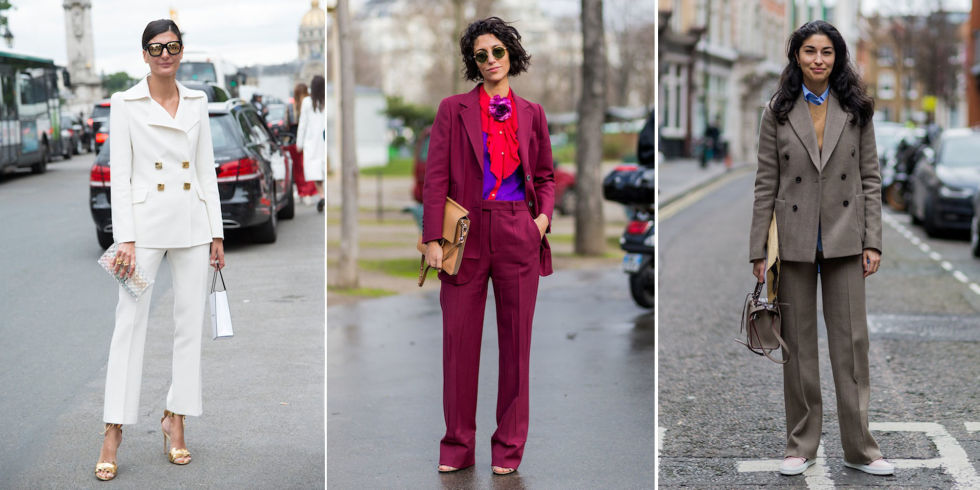Mixing patterns and textures: Mastering the art of combining different patterns and textures for a unique ensemble.
Fashion is not just about wearing clothes; it’s about expressing yourself creatively through your personal style. One of the most exciting and impactful ways to do this is by mixing patterns and textures to create visually dynamic and unique outfits. While the idea of mixing patterns and textures may seem daunting at first, mastering this art can take your style game to new heights. In this guide, we’ll explore the principles of mixing patterns and textures and offer tips to help you create effortlessly chic and fashion-forward ensembles.
Understanding Patterns and Textures:
Patterns and textures add depth, dimension, and visual interest to your outfits. Patterns refer to repetitive designs or motifs, such as stripes, polka dots, florals, plaids, and animal prints, while textures encompass the tactile qualities of fabrics, such as smooth, rough, shiny, matte, soft, or structured.
When mixing patterns and textures, the goal is to create a harmonious balance that complements rather than clashes with each other. By understanding the characteristics of different patterns and textures, you can create cohesive and visually appealing combinations that showcase your unique sense of style.
Guidelines for Mixing Patterns and Textures:
- Start with a Neutral Base: Begin by selecting a neutral base for your outfit, such as solid colors or classic neutrals like black, white, navy, or beige. A neutral base provides a versatile canvas that allows patterns and textures to stand out without overwhelming the overall look.
- Choose a Dominant Pattern: Select one dominant pattern as the focal point of your outfit. This could be a bold floral print, a graphic stripe, or an eye-catching animal print. The dominant pattern will serve as the anchor for your ensemble and set the tone for the rest of your outfit.
- Mix Scale and Proportion: Experiment with mixing patterns of varying scales and proportions to create visual interest and balance. Pair large-scale patterns with smaller-scale ones, or mix geometric prints with organic motifs for an eclectic and dynamic look.
- Consider Color Palette: Pay attention to the color palette of your patterns and textures to ensure cohesion and harmony. Look for common colors or complementary hues that tie the different elements of your outfit together. You can also experiment with contrasting colors for a bold and striking effect.
- Layer with Textures: Incorporate different textures into your outfit to add depth and dimension. Mix smooth fabrics like silk and satin with textured materials like wool, denim, lace, or leather for a tactile contrast that adds visual interest to your ensemble.
Tips for Successful Pattern Mixing:
- Stick to Two or Three Patterns: As a general rule, limit the number of patterns in your outfit to two or three to avoid overwhelming the eye. Focus on creating a cohesive and balanced look that feels intentional rather than chaotic.
- Anchor with Solids: Use solid-colored pieces to anchor your outfit and provide visual rest between patterns and textures. Incorporate solid separates like a tailored blazer, a classic button-down shirt, or a sleek pair of trousers to break up the visual complexity of pattern mixing.
- Accessorize Wisely: Use accessories strategically to tie your outfit together and add polish to your look. Opt for simple accessories in neutral tones or metallic finishes that complement rather than compete with your mixed patterns and textures.
- Confidence is Key: Above all, wear your mixed patterns and textures with confidence and conviction. Fashion is a form of self-expression, and embracing your unique style choices with confidence is what truly makes a statement.



